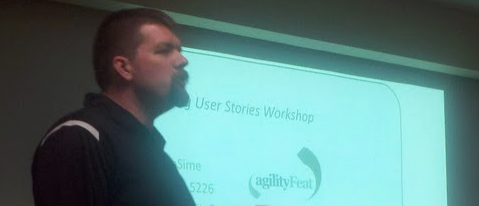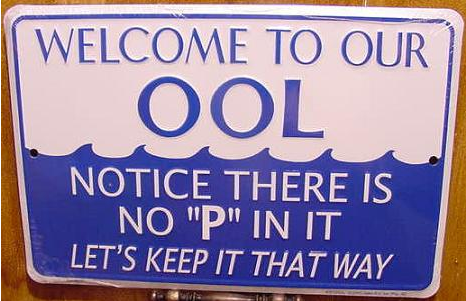 After speaking with a few PMI Chapters, I see them (at least the ones I spoke to) suffering from one major issue. How to they grow their membership?
After speaking with a few PMI Chapters, I see them (at least the ones I spoke to) suffering from one major issue. How to they grow their membership?
Membership
Because PMI has created an ecosystem where people pay serious money to prepare for certification exams and then continue to pay good money for Professional Development Units (PDU)s to maintain those certifications, why don't the Chapters capitalize on that? The PMI Chapter is much more than a monthly opportunity to exchange business cards. They are a conduit to continued education.
PMI Chapters are trying to provide value to and grow their memberships. If the membership drops too low, clearly there can be a problem. With the average annual dues for a PMI Chapter (in the United States) at $25, what value can they provide as an incentive to join the Chapter? Additionally, without collecting enough membership dues, PMI Chapters have to find other forms of revenue to sustain themselves.
I believe the solution to growing PMI Chapter membership (or PMI membership) is to make it more cost effective to be a member (of both) than it is to be a n0n-member pursuing or maintaining a PMI credential. PMI and PMI Chapters should adopt the old American Express slogan membership has its privileges.
Idea 1:
The cost for PMI membership is $129 to join and $119 to renew (annually). The cost for annual PMI Chapter membership averages $25. PMI should require all Registered Education Providers (REP) to extend a discount to exam preparation training by more than $150 to PMI Chapter members. Right there, the membership has paid for itself. On top of that, they should discount single PDU offerings by at least 10%.
Idea 2:
REPs should profit share with the PMI Chapters. I see PMI Chapters selling advertising to training providers. That model doesn't really scale. Training providers are paying for advertising in the hope there will be revenue generated to justify the cost. This caps the revenue the Chapter can make and provides no guarantee to the training vendor that the investment is worth while. Why don't the Chapters just ask for a percentage of revenue with the agreement to distribute the training option to their membership? It's a win-win agreement.
Idea 3:
PMI Chapters should make deals with authors and suppliers, to offer the same type of profit sharing model. Think of Amazon affiliate links. It costs you nothing to promote these products but if people trust your recommendation, you could potentially create revenue. The same goes for the PMI Chapters. If their membership trusts them, they could provide them discounts on products and services AND get a referral fee.
Summary:
Again, remember the old slogan for American Express. Membership has its privileges. It doesn't matter if you are a member of PMI, The Scrum Alliance, or Agile Leadership Network. Membership SHOULD also provide discounts.
Or course I want to put my money where my mouth is. My PMI-ACP 3-day workshop is $1495. If a PMI Chapter member wants to take my class, they need only to identify the chapter they are a member of and I'll discount the cost of the workshop to $1250. That will save them $245. Additionally, I'll send $150 to the PMI Chapter they belong to. If interested, just contact me.
Image Source: Pictofigo




